This visual novel delivered to me what no other could accomplish so far—beyond the piles of waifu material, it made me laugh and cry. Which is why it still ranks as my favorite VN of all time. Even now, I still have days where I just close my eyes and listen to all the superior OSTs and quality vocals in this masterpiece.
I’ve written a review for this game before in German, which you can read here. This review is more or less me rewriting that article in English, with me adding things I find important today but missed previously.
Without further ado, the visual novel I’ve been gushing about is called D.C. II – Da Capo II. The game is an eroge made by the developer studio Circus, which was published on May 26, 2006 in Japan. Unfortunately, it wouldn’t receive an English release until MangaGamer picked it up in 2010.
D.C. II – Da Capo II is a continuation of the first entry in the series, and deals with the events of the first game from fifty years in the future. For the most part the genre can be classified as romance; the game focuses on the love life of the protagonist, which readers can influence interactively through decisions.
Story:
The whole story takes place on Hatsune Island, a paradise where the cherry blossom trees bloom all year round. The plot follows the main character as he travels through the main beats of the plot, which he can influence greatly depending on his choices.
Most routes begin with a large amount of slice of life scenes, but toward the end these decrease and the game becomes filled with romantic, sad, and profound moments. There are a lot of funny moments throughout the game, but those are well balanced out by certain events where the protagonist is faced with the harshness of reality.
An important thing to note is that this game is not limited to the D.C. II – Da Capo II alone. There are also many different fan discs for the game, one of which that takes place in a casino and is called “D.C.P.K ~Da CaPoker~,” while another is called “D.C. II Dearest Marriage” and continues the story of the protagonist and Otome Asakura, showing their life as a married couple.
(Please note that no fan disc except “Kotori Love Ex P” is available in English at the moment).
Characters:

The protagonist of the game is Sakurai Yoshiyuki, a teenager who lives under the same roof as the mysterious, blond-haired headmistress of Sakura Yoshino.
Sakura’s name should be familiar with anyone who played the first game in the series, as she ends up together with the grown-up version of the first game’s protagonist. She is the game’s only recurring character.
That being said, one should not assume that there are no other connections with already familiar faces. There are many references to the original game in D.C. II – Da Capo II. For one, the school they go to, which is called Kazami Academy, is the same one the characters visited in the predecessor.
One other thing you might notice is that a majority of the characters have some sort of connection to the first installment. Let’s take Sakurai’s adopted sisters, student speaker Otome and the younger, lazier Yume. They are the granddaughters of Yun’ichi Asakura and his adopted sister Nemu Asakura from the first game.
In addition to these characters, there is a pretty extensive supporting cast as well. Most of them are quite cute and charming, and prove very entertaining when together as a group. Compared to the first game, I’d say that both the main cast and the side characters are better designed in the second title, as well as written with much greater depth.
Depending on the player’s choices you can end up with any of six different female leads, which the protagonist then develops a more intimate relationship with as we move through the plot of the novel. Unlike so many other moege, Da Capo II manages to integrate the main character incredibly well. So well, in fact, that I couldn’t stop myself from tearing up at some points (but no spoilers, I promise). The slice of life elements are incredibly well done as well—none of the scenes feel like filler written just to plug up the gaps between the more impactful scenes. Circus managed to write these sections in a way that injected the characters with life and humor, to the extent that you feel like you are friends with the characters in real life too. This is, of course, a very difficult art to master.
Visuals:
Circus is great at combining good music with emotional CGs, and, if you look at the quality of the art in the previous games, you’ll see Da Capo II looks definitively better.
Some may find the sprites a bit old-fashioned, which makes sense when you realize the release date of the VN. But if you’re like me, you’re probably falling in love with the art just like I did. I’ve got a whole carousel of images below for you to check out, so you can decide what side of the fence you fall on.
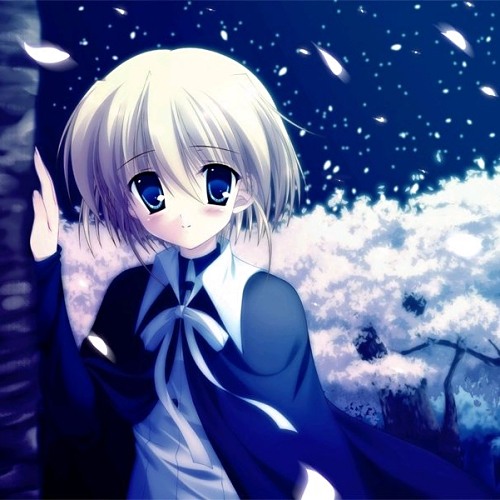
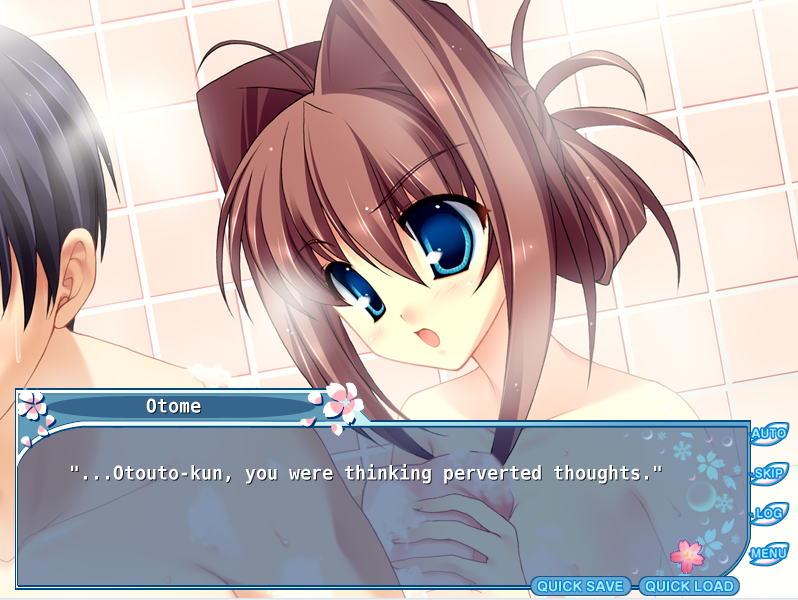
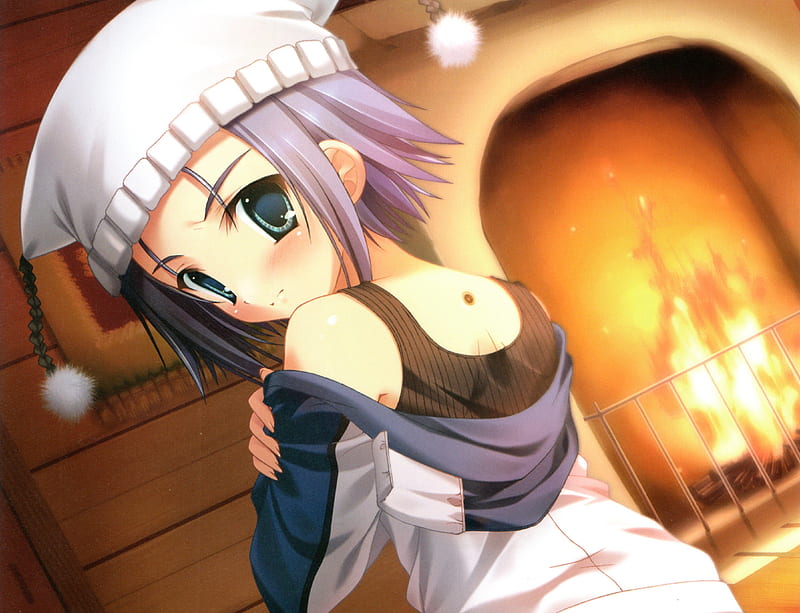
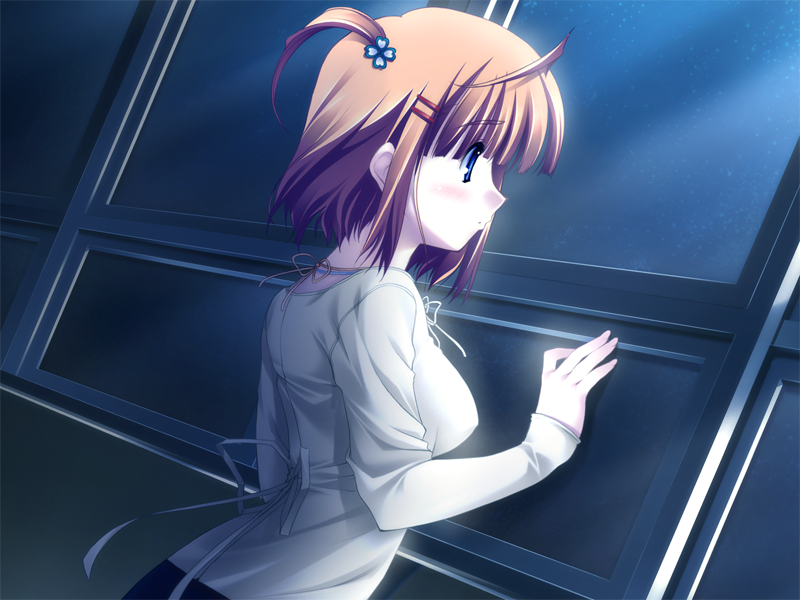
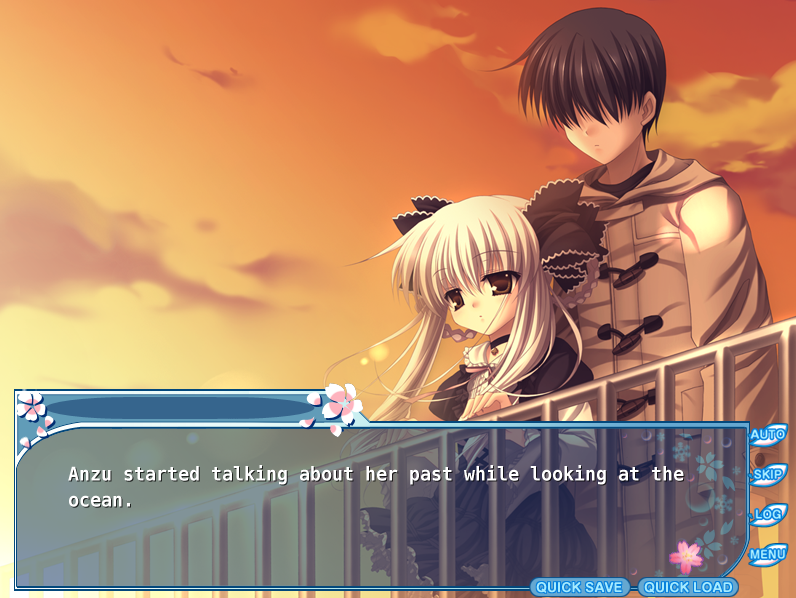
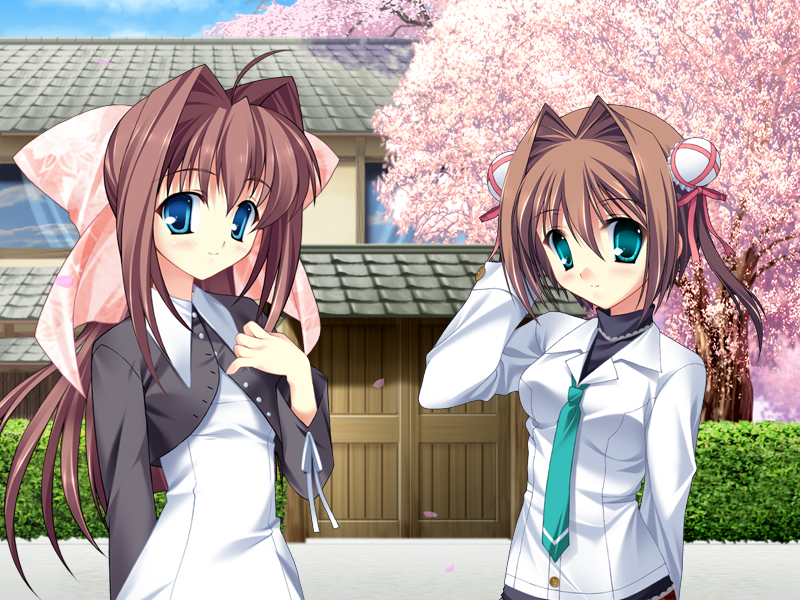
Music:
Okay, I’ll be honest—the music in this game is carrying this VN a hell of a lot. The whole reason I started reading either of the games in the Da Capo franchise was because I found the music when I was listening to some VN OST playlists on YouTube. Da Capo II‘s OST is by far one of the most emotional musical soundtracks I’ve ever listened to, and, in my opinion, can even by said to come very close to matching the quality of Key’s music.
Since words alone can hardly describe it, here is an example:
Routes:
There are plenty of routes in Da Capo II, just like in the previous game. The routes are determined by which place you visit when you get a choice via the map screen. Depending on your choice, this triggers different events with different characters. Your understanding of the game universe and the backstories of all the characters grows with each route you read, so I highly recommend reading every route.
For those who’ve read a handful of other VN’s before, this might sound boring, but I was never more grateful to read every single route in a game than I was with Da Capo II. Also, by reading all the routes it’s possible to unlock a “True Route,” where many aspects of the game’s story are brought to light.
H-Scenes/18+ Content
This will be a small section because I won’t be going into that much detail here. Da Capo II might be my all-time favorite VN, but the H-Scenes are not worth reading. Usually I’m not too picky, but these scenes are straight-out bad. You can take a glimpse at your waifu’s delicate body if you want, but if you are expecting high-quality H-Scenes to toss yourself off, this might not be the eroge for you.
Conclusion:
If you’re thinking it would be better to read the first Da Capo before the second, I can assure you that isn’t the case. My first interaction with the series was actually with the first game, but I just couldn’t get into it. I later decided to try Da Capo II because I couldn’t stop listening to its music. It was one of the best decisions of my life.
I swear to you, you will enjoy the other games of the franchise more if you start with Da Capo II. You won’t be confused, and in the end you will notice the universe’s similarities no matter what order you play the games in. Da Capo II is by far the best entry into the franchise.
Da Capo II was such a great experience for me, that I wish there was a way I could read it again without knowing anything at all. But since I can’t, I’ll just recommend it to everyone else.











